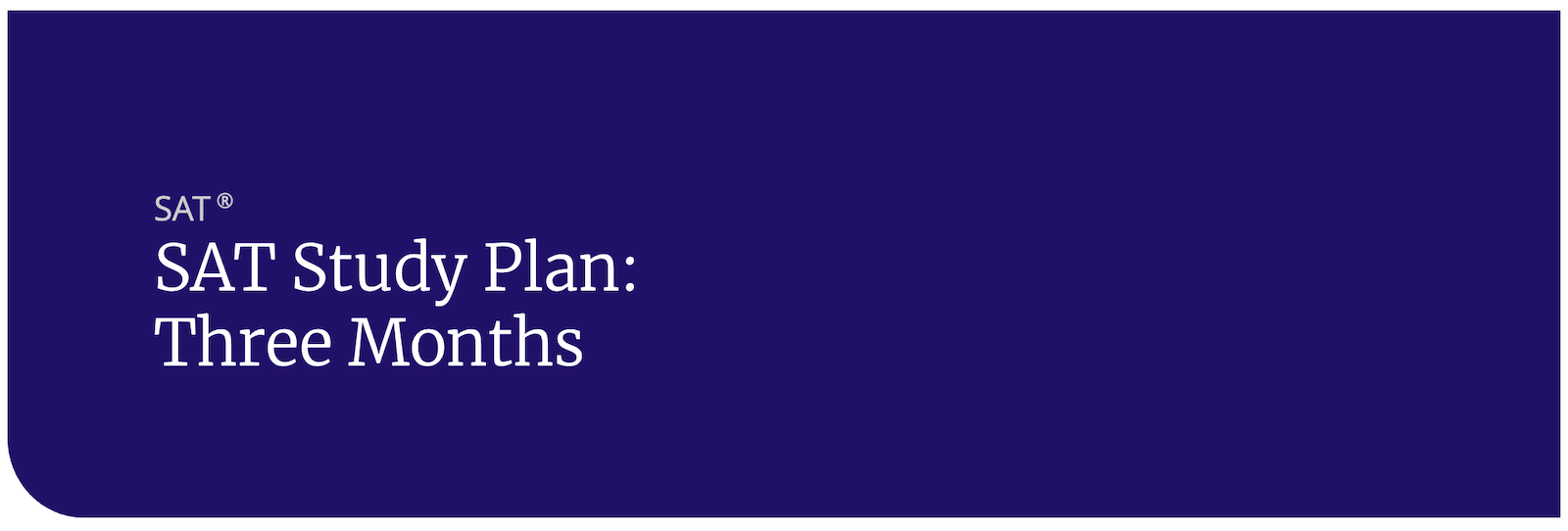Tips for SAT Geometry Questions
The SAT will test you on several geometry concepts (though, thankfully, you won’t see proofs on test day). To be as efficient as possible in tackling all types of geometry questions, you’ll first want to make sure you are incredibly familiar with the rules and formulas for all shapes, such as area and perimeter. It’s also important to be able to use clues in the question stems and figures to guide you to the answer.
Geometry questions on the SAT often have missing information that you need to find. When you approach a geometry question, look for information in one part of the figure that can unlock information in another part of the figure.
Here’s a process that will work for most geometry questions:
Step 1: If you’re not given a figure, draw one yourself! Label any given information from the question and determine what the question is asking.
Step 2: Use geometry rules to fill in the missing information.
Let’s deduce our way through a test-like practice question, shall we?
First things first: this question wants us to find r − p, which means we’ll need to find both r and p to arrive at the correct answer. We’ll be using our knowledge of lines, angles, and triangles to get our needed information.
The question states that q = 140. Notice the relationship that angle q shares with angle p. These two angles are supplementary, which means that they add up to 180 degrees:
140 + p = 180
p = 180 − 140
p = 40
Angle p is vertical to the lower-left angle of the triangle. We know from our rules that vertical angles are congruent.
Time for our triangle rules! All of the angles in a triangle add up to 180, so the missing angle is:
180 − 40 − 90 = 50
This newly uncovered angle is vertical to angle r, which means that r = 50.
Don’t jump to the answer too quickly here! Remember, the question is asking us to find r − p.
50 − 40 = 10
This matches (B). (Notice that (C) is what we get if we add r and p instead of subtracting.)
Geometry on the SAT: Questions to Ask Yourself
Here are a few questions that can help you find missing SAT geometry information:
- What shapes do I recognize? What rules do I know about these shapes?
- What do I need to find to get where I want to go?
- If stuck, can I find any other shapes? Have I used all my info?
SAT Geometry Rules Study Strategy
Finding familiar shapes and applying geometry rules will help you do well on SAT geometry questions… if you know what the rules are! Flashcards are a great way to learn geometry rules. How can you make flashcards work for you?
- Look at them! This may seem obvious, but it’s easy to make flashcards, stick them in your backpack, and forget about them. Set aside ten or fifteen minutes every day (on your way to school, between classes, or just after dinner) and make it a habit to review them.
- Make your own. The time spent making flashcards is valuable learning time. When you make the information your own, with funny pictures, jokes, associations, etc., it will be much more likely to stick with you.
The most common shapes you’ll encounter on the SAT will be triangles and circles. As you study, be sure to study the rules of these two shapes. You’ll want to make sure you have a solid grasp on the following:
- The Pythagorean Theorem
- Special Right Triangles
- Triangle Congruence Theorems
- Circle formulas: area and diameter
- Circle ratios: arcs, central angles, & sectors
- Inscribed Angle Theorem
- Look for hidden triangles! They are full of information.
- Take it one step at a time. Finding one piece of information will often lead you to the next step.





